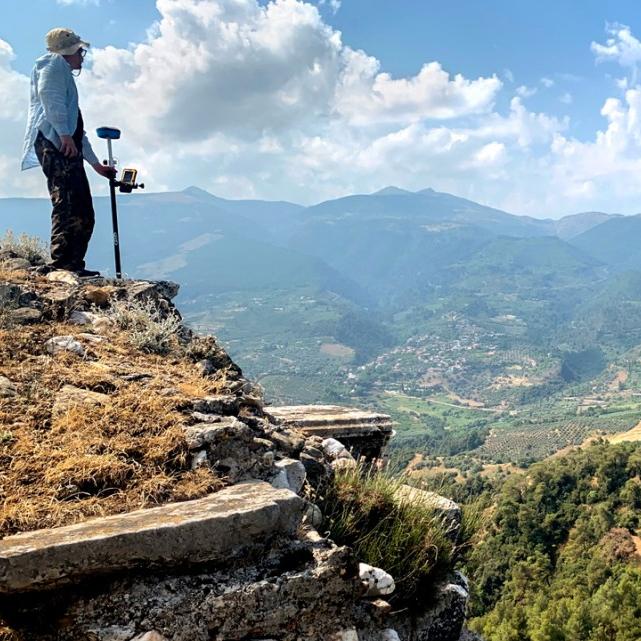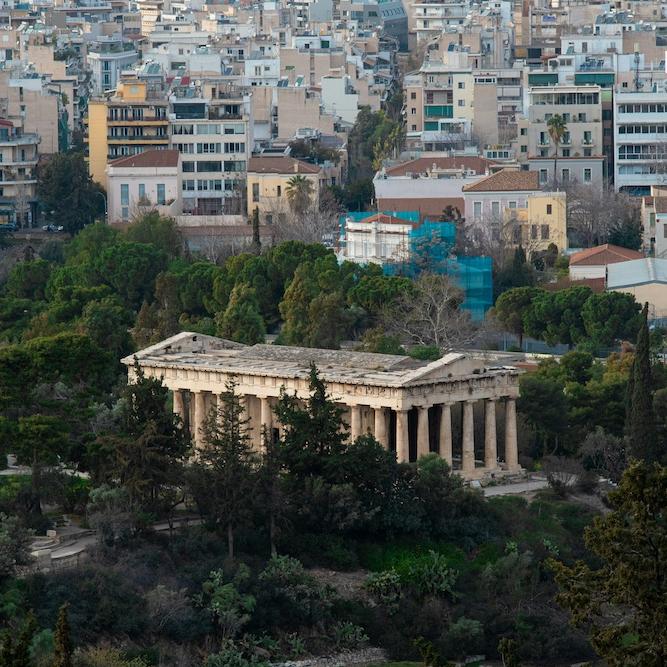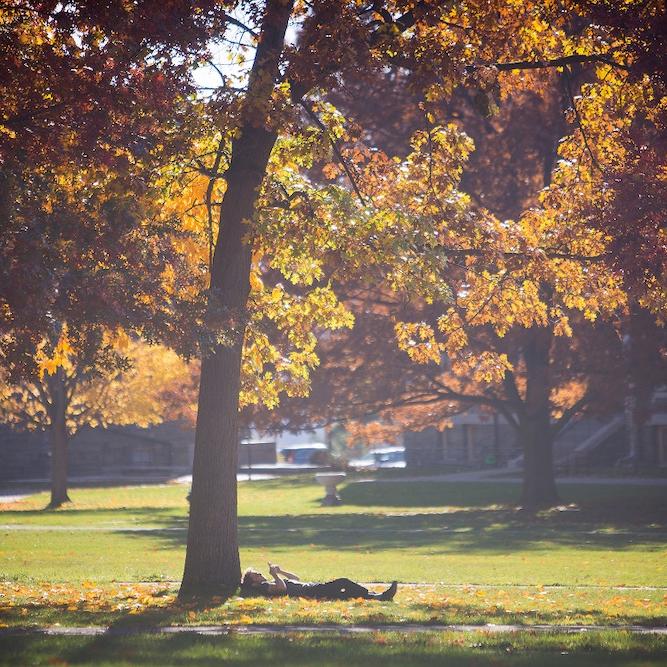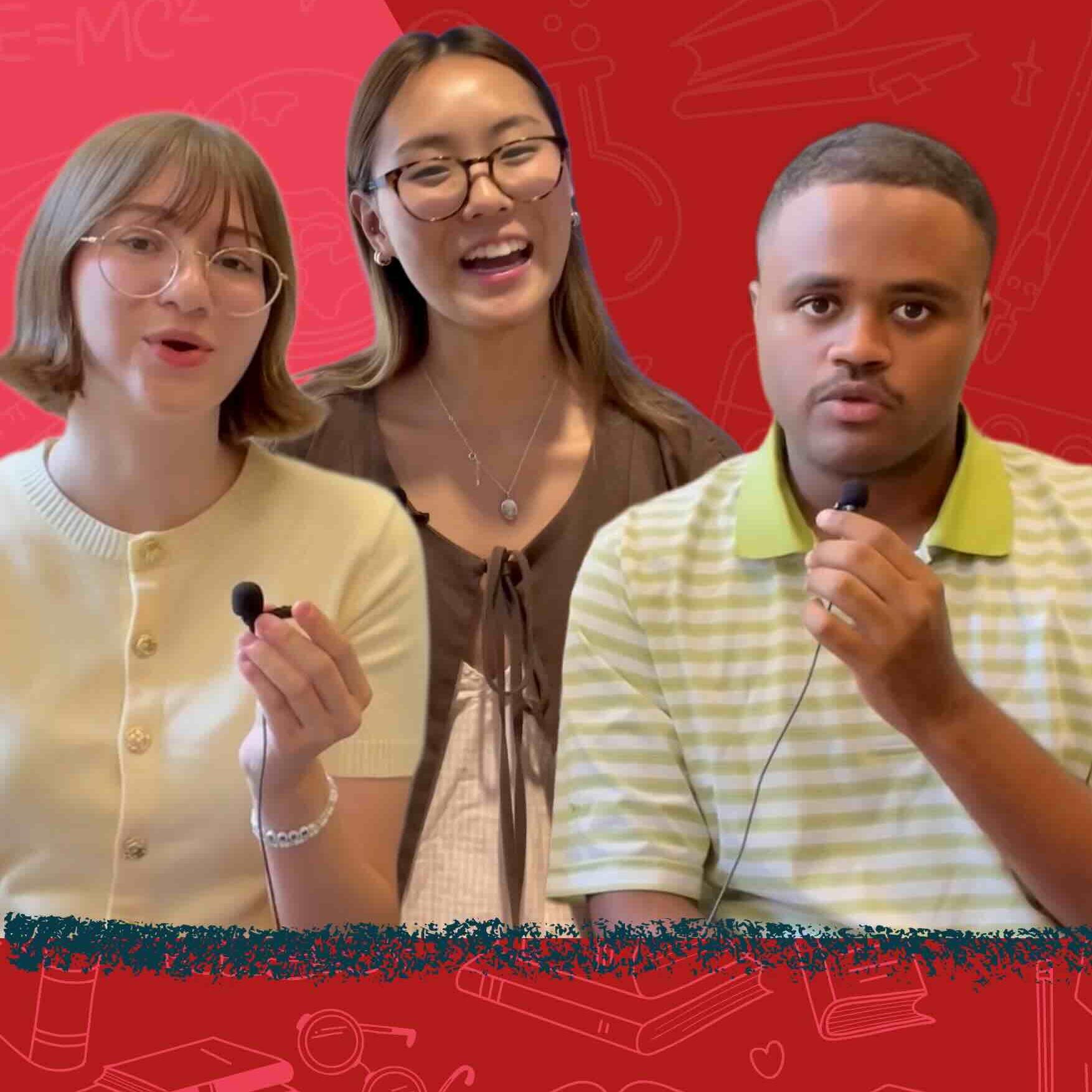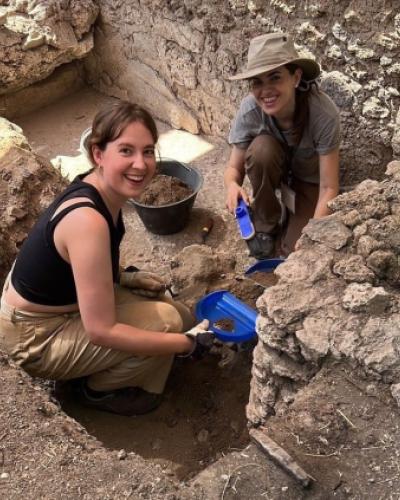Advances in constructing virtual models and mapping 3-dimensional spaces have recently presented new paths of inquiry for archaeologists. Specifically, such new techniques may allow scholars to reconstruct the sensory and lived experiences of past lives. Virtual reconstructions of ancient sites, landscapes, and objects afford modern scholars the opportunity to repeatedly run simulations of these spaces with a diverse range of participants, thus allowing for a broader range of data and experiential perspectives. These new methods of research are deeply interdisciplinary, requiring the cooperation of scholars across the humanities and sciences. The Society for the Humanities at Cornell supports such interdisciplinary and public-facing research through their Humanities Impact Grant, which they have recently awarded to Dr. Caitlín Barrett, an Associate Professor of Classics and 2022-2023 National Geographic Explorer. Barrett and her team hope to utilize this grant to create a three-dimensional virtual model of the “Casa della Regina Carolina,” a Pompeian house which Barrett has been excavating as co-director since 2018, along with Kathryn Gleason (co-director, Cornell), Annalisa Marzano (co-director, Università di Bologna), Lee Graña (assistant field director, Reading PhD 2020), and Kaja Tally-Schumacher (assistant project director, Cornell PhD 2020). Prior support for this project has come from the National Geographic Foundation, Dumbarton Oaks, the Rust Foundation, the European Research Council, the Society for the Promotion of Roman Studies, the President’s Council of Cornell Women, the Society for the Humanities at Cornell, the Mario Einaudi Center, the Lewin Gift Fund, the Hirsch Fund, the Cornell Institute for European Studies, the University of Reading, the Department of Classics at Cornell, and CIAMS, among other sources.
Barrett has recently become interested in studying the bodily and multisensory experiences of Roman houses – how do different peoples’ bodies move through the same spaces, specifically under the conditions of an ancient Roman house? Which areas of the house may be more or less accessible or desirable to conduct various activities in? One way to tackle such questions involves 3D and virtual modeling, in addition to public participation. Barrett’s team thus aims to create a navigable virtual model of the Casa della Regina Carolina in order to explore these questions. There will be two versions of the project: one version of the model will be usable via headset at Cornell’s Virtual Embodiment Lab, directed by Andrea Stevenson Won. With this in-depth virtual experience, Barrett’s team will be able to invite members of the community to test the model and report their experience moving through the space. Barrett’s team also aims to create a web-version of the space which will be accessible to the broader public, allowing the team to quantitatively track how a broad spectrum of people experience the same environment.
Making an ancient Roman house come to life in a virtual environment takes the hands of several experts across multiple fields. For constructing the 3D environment of the model and a variety of playable avatars, Barrett will be working with Eric Wang, a current Cornell PhD student in Information Studies who has experience in 3D modeling for gaming software. Data for the layout of the original site is gathered by William Krueger (University of Wisconsin, Milwaukee) using LiDAR (light detection and ranging) scans of the Roman house, garden, and immediate environment. Additionally, Fawzi Doumaz (Istituto Nazionale di Geofisica e Vucanologia) has used photogrammetry methods to stitch together drone photos of the site into 3D models. Juliana Van Roggen (Cornell Archaeology MA, 2017) will use GIS mapping in order to analyze the spatial data, including the results of a Total Station survey led by herself and Joe Nigro (Pennsylvania State University). These techniques allow the team to accurately map the site as it exists now (in ruins). However, the project still requires creative and artistic components in order to recreate the site as it would have appeared before the eruption of 79 CE. For this task, Barrett is working with ancient architecture specialist Roberta Ferritto (Christian-Albrechts-Universität zu Kiel), landscape architects Yaniv Korman (Cornell MLA 2021) and Yuhan Ji (Cornell BS 2021), and fresco specialist Evan Allen (Cornell PhD candidate, History of Art) to reconstruct the original appearance of the house and garden. Barrett’s team has been excavating in the garden of the house since 2018, and the reconstruction of the garden will utilize pollen analysis (conducted by Dafna Langgut, Tel Aviv University) and microstratigraphic analysis of garden sediments (conducted by Rowena Banerjea, Reading) in addition to analyzing Roman plant cultivation techniques. Further data on the garden come from root cavities and preserved plant remains, studied by lead archaeobotanists Jane Millar Tully (UT Austin), Jessie Feito (Reading), and Jen Ramsay (SUNY Brockport). Erika Katsumoto (Milstein Program in Technology and Humanity, Class of 2023) and Susan Garry (Cornell BS 2022) have been creating 3D models of the reconstructed plants from the Roman garden. With so many experts working closely together, the team hopes to create a compelling virtual experience of a real ancient Roman house. This interdisciplinary project will allow Barrett’s team to gather data from contemporary public audiences to study the lived experience of diverse individuals as they move through the same spaces. Congratulations to Dr. Caitie Barrett for her Humanities Impact Grant and the incredible teamwork involved in the Casa della Regina Carolina Project at Pompeii!

